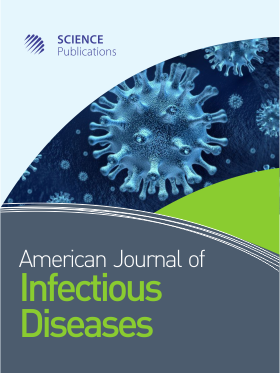Target Identification in Ory S1 Pollen Protein Allergen from Oryza sativa in the Course of Construction of Hypoallergenic Vaccines
- 1 Veer Bahadur Singh Purvanchal University, India
Abstract
Problem statement: Recombinant-based approaches are mostly focused on genetic modification of allergens to produce molecules with reduced allergenic activity and conserved antigenicity, such as hypoallergens. Recombinant allergens represent promising tools for diagnosis and therapy of type I allergy. This approach was probably feasible with every allergen with known amino acid sequence. Approach: The primary aim of this study was to determine the consensus epitope from twenty homologous protein sequences of Ory S1 allergenic protein sequence from Oryza sativa (indica group) pollen. Molecular modeling calculations had been used to investigate the allergenic protein models for the epitope. Results: Oryza sativa (japonica), Phleum pratense, Poa pratensis, Holcus lanatus, Lolium perenne, Triticum aestivum, Dactylis glomerata and Zea mays were found more closely related (alignment score 1145-812) among all the homologs and investigated further. The major binding pocket comprised an area of 604.5 Å2 and 970 Å3 volume and another key binding pocket had 425.6 Å2 area and 658.8 Å3 volume. The residues found in the key site included ile2, lys13, cys14, ser15, lys16, pro17, ala25, leu26, ile27, tyr40, his41, phe42, asp43, leu44, ser45, gly46, leu47, ala48, met49, ala50, asp55, leu58, arg59, ala61, gly62, ile63, ile64, asp65, gln67, phe68; corresponding to the allergen binding site and the IgE binding epitope given in the title. Conclusion: These are the functional sites on the allergenic proteins that can be mutated to develop hypoallergenic vaccine. These sites can be rationalized on the basis of simple arguments that lead to vaccine development, by predicting the structure of the allergenic epitopes and comparative analysis.
DOI: https://doi.org/10.3844/ajidsp.2009.142.147

- 5,695 Views
- 3,889 Downloads
- 0 Citations
Download
Keywords
- Homology modeling
- allergen binding epitope
- allergenic proteins
